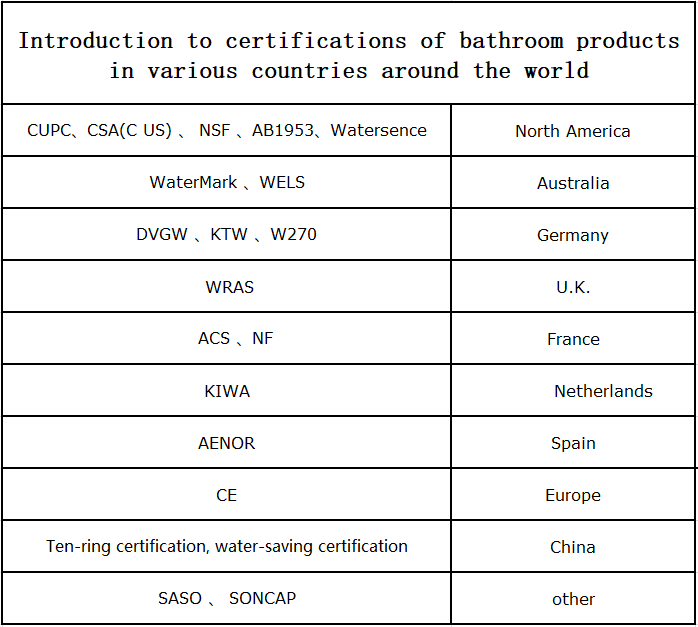
(c)UPC-(Canada)uniform plumbing code
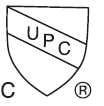
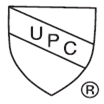
☆Overview☆
※Awarded by the American non-profit organization IAPMO;
※Products must comply with American standards and UPC specifications before they can be issued;
※Market recognized certification;
※Factory audit required
※Renew the certificate once a year
☆Certification information☆
※Applicant, manufacturing plant and product information;
※Explosion drawings and dimensional drawings of the product;
※Marking status of certified products;
※installation instruction;
※testing report;
※Components CUPC or NSF certificate.
☆General technical requirements☆
※Thread requirements;
※Electroplating requirements;
※Flow requirements;
※Operating force requirements;
※Anti-siphon requirements;
※other requirements;
※Material requirements;
※Burst pressure requirements;
※Size requirements;
※Life requirements;
※Toxicity requirements;
※Pulse test requirements;
AB1953 Certification
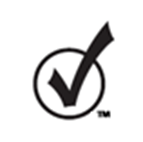
※Compulsory certification of low lead requirements in California, USA;
※Enforcement will begin on January 1 this year;
※This certification is mainly for all products in drinking or cooking water distribution or delivery systems;
※After weighted average, the lead content of the entire product is less than 0.25;
※A third-party laboratory accredited by ANSI in the United States issues certificates in accordance with the AB1953 Act;
※Associated with UPC certification;
WaterSence Certification
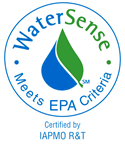
※Managed by the U.S. Environmental Protection Agency
※Energy efficiency certification;
※A third-party laboratory authorized by ANSI is issued in accordance with WaterSence standards, such as IAPMO;
※The products currently involved are toilets, urinals, bathroom faucets, and showerheads;
※Before doing this certification, the factory needs to sign a “Producer Cooperation Agreement” with EPA;
NSF Certification
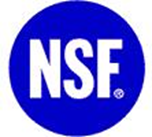
※Awarded by the National Sanitation Foundation (NSF);
※Factory audit is required;
※The main standard involved in plumbing products is NSF 61;
61-4: Pipes and related products; (pipes, connectors)
61-5: Protective and barrier materials (adhesives, coatings)
61-6: Joining and sealing materials (gaskets, adhesives, lubricants)
61-7: Process media (boiler media)
61-8: Mechanical devices (water meters, valves, filters)
61-9: Materials used in mechanical plumbing terminal devices (faucets, etc.) exported from North America must comply with this standard.
CSA Certification
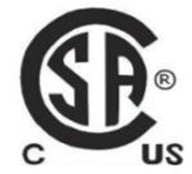
※Issued by the Canadian Standards Association;
※Equivalent to the CUPC in the United States, it can be used throughout North America;
※There are factory audits;
※Valid for one year;
※The standards used in many products have been harmonized with those in the United States.
WaterMark Certification
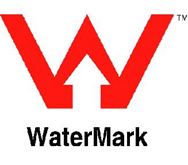
※WaterMark is an Australian certification mark used in water supply, drainage and piping systems;
※The WaterMark standard has restrictions and requirements for all water products entering Australia; as long as there are legal installation requirements, WaterMark is required;
※By obtaining this certification, residents of Australia and New Zealand will have great confidence in their products;
※According to the product risk level, products are divided into Level 1 and Level 2;
Level 1 is a requirement for high-risk products (hot and cold water supply systems),
Typical products are: water heaters / hot and cold water pipes and fittings / faucets and valves / sanitary equipment, toilets,
bidets / high hazard appliances / water filtration and water treatment designs.
Level 2 is a requirement for low-risk products (sanitation, drainage, excretion systems),
Typical products are: sanitary drains, drain fittings/drain valves, drain valves/appliances, low and medium hazard appliances.
※Class I products require factory audit;
※The certificate for Class I products is valid for 5 years; the certificate for Class II products is valid for 3 years;
※Mainly includes certification links such as application information evaluation, testing, factory audits, etc.;
※The certificate is issued by a certification body recognized by Standard Australia. The most authoritative one with the highest market share is SAI Global.
※09.13.23DST laboratory passed SAI Global’s laboratory audit; 2010.02.03 obtained SAI Global’s WaterMark test authorization certificate.
※DST laboratory authorized testing products are faucets, showerheads, hoses; DR copper.
☆DST Laboratory☆
※You can apply for WaterMark with our laboratory test reports for faucets, showerheads, hoses and other products;
※DR copper testing can also be performed separately, such as copper material testing required by customers;
※If you make a WaterMark test report, you can directly apply for WELS, and if you make a test report in the DST laboratory, you can also directly apply for WELS certification;
※Faucet Australian standard AS NZS 3718;
※Shower head and hose Australian standard AS NZS 3662;
※DR copper Australian standard AS 2345
☆Certification information☆
※Applicant, manufacturing plant and product information;
※Explosion drawings of the product;
※installation instruction;
※Metal material certification document;
※Non-metallic material performance test report;
※Composition analysis table of welding rod;
※testing report.
WELS Certification
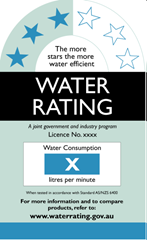
※Australian water conservation certification;
※The standard is AS/NZS 6400;
※Shower equipment, toilet equipment, faucets, urinals, water flow controls, washing machines and dishwashers;
※Starting from July 1, 2006, except for water flow controllers, everything else is mandatory;
※The more stars, the more water-saving the product is;
ACS- Attestation de conformite sanitaire
☆Overview☆
※The compulsory certification supervised by the French health department is the access permit for plumbing products to the French market;
※No factory audit;
※The certificate is valid for five years
※The certified products are mainly faucets, shower heads, shower screens, shower rooms, valves, valve cores, braided pipes, shower pipes, non-metallic materials, etc.;
☆Certification information☆
※Product and company information;
※Explosion drawings;
※Certificate or material certificate of wetted parts;
※Area of wetted parts;
※No non-metallic formula certified by ACS;
☆Notes☆
※The plating solution cannot enter the inner cavity during electroplating;
※Aluminum and 65# cannot be used to produce water-permeable parts;
※It is best to purchase non-metal water-permeable parts with ACS certification;
※Thread glue, silicone oil, etc. are also required ACS certificate;
※The formula must be accurate;
WRAS– WATER REGULATIONS ADVISORY SCHEME
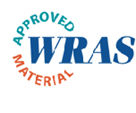
☆General technical requirements☆
※In order to use water resources rationally and prevent abuse, waste and pollution;
※Comprehensive formulation of water regulations in Scotland, Wales and England;
※Semi-mandatory certification;
※No factory audit;
※The certificate is valid for 5 years;
※Product certification review is conducted every 6-8 weeks.
☆Certification information☆
※Applicant, manufacturing plant and product information;
※Explosion drawings of the product;
※Marking status of certified products;
※Parts and components WRAS certificate;
※testing report.
☆General technical requirements☆
※Plastic locking nuts cannot be used;
※The water passing area of PPO/POM does not exceed 3000mm2;
※Marking must be permanent;
※Parts sent for sample must be marked;
※Asphalt or lead-based solder must not be used.
DVGW Certification
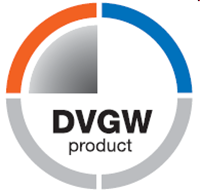
※Awarded by DVGW (German Water and Gas Technology Science Association);
※Products certified by DVGW include: pipes, valves, faucets, sprinklers and other plumbing products and gas pipe valve devices, pipes, joints, etc.;
※There are factory inspections;
※The certificate is valid for 5 years;
※It is the top certification in Europe;
☆Information required for certification☆
※Product and corporate information;
※Product drawings;
※KTW and W270 certificates for non-metal parts;
※Test report;
Testing includes performance testing and chemical testing.
Chemical tests are mainly KTW (hygiene) and W270 (microbiology) tests.
The test standard for KTW is KTW Guideline.
The KTW material test refers to BN681-1.
The test standard for W270 is W270.
Both tests must be provided before starting.
Material formulation to the laboratory.
If the non-metallic material already has KTW and W270 test certificates, these two tests can be waived.
AENOR Certification
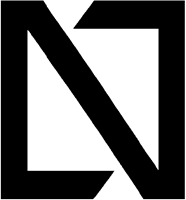
※AENOR (The Spanish Association for Standardization and Certification) is the abbreviation of the Spanish Association for Standardization and Certification, which issues AENOR certificates
※There are factory audits;
※Most tests adopt EN standards;
NF Certification
※Managed by the French Association for Standardization (AFNOR).
※High-end certification;
※Factory audit;
※Testing: Product testing items are almost the same as European standards.
KIWA Certification

※Awarded by the Dutch KIWA organization;
※Very authoritative in gas;
※Factory audit;
※Test.
CE Certification
※CE certification is a passport for products to enter the markets of EU and European Free Trade Area countries. Provides unified technical specifications and simplifies trade procedures.
※In fact, sanitary ware products strictly speaking do not have CE certificates, but customers have products that need to meet the requirements of European standards, so there are two ways to meet customer requirements:
※Conduct European standard testing in a laboratory accredited by CNAS;
※Conduct European standard testing in a laboratory accredited by CNAS; then obtain a CE certificate from a relevant institution.
SASO, SONCAP Certification
※For bathroom products, SASO is the access certification for Saudi Arabia, and SONCAP is the access certification for Nigeria.
※Just like the previous CE certification, customers can conduct product testing in the DST laboratory, and then submit the test report to inspection agencies such as SGS to obtain COC (Certificate of Conformity)
※CNAS European standard products obtained by DST laboratory: faucets, showerheads, shower hoses.
China Water Saving Certification
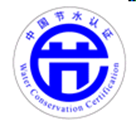
☆Overview☆
※Issued by China Quality Certification Center (CQC);
※There are factory audits and post-certification supervision audits;
※Samples are taken for testing during factory audit;
※The certificate is valid for 3 years;
Ten Ring Certification
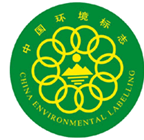
☆Overview☆
※Issued by the Certification Center of the State Environmental Protection Administration;
※The product quality is qualified and meets specific environmental protection requirements during production, use and processing. Compared with similar products, it has environmental advantages such as low toxicity, less harm, and resource conservation.
※Certified companies need to have ISO14000 environmental system certification;
※The certificate is valid for 3 years;
※Factory audit once a year;